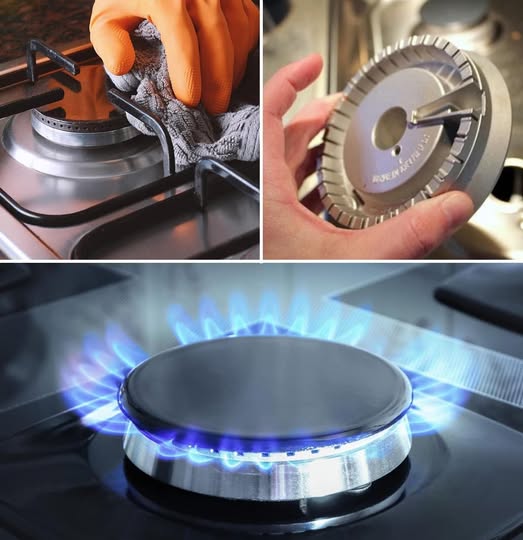A well-functioning gas stove is essential for efficient cooking and energy conservation. Over time, burners can become clogged with food debris, grease, and other residues, leading to uneven flames, difficulty in ignition, and reduced cooking efficiency. Regular maintenance not only enhances performance but also extends the lifespan of your appliance and ensures safety in the kitchen.
Understanding Gas Stove Burners
Gas stove burners consist of several components:
- Burner Caps: These sit atop the burner heads, diffusing the flame evenly across the cookware.
- Burner Heads: Located beneath the caps, they distribute gas through small openings or ports.
- Ignition System: This can be a pilot light or an electric spark that ignites the gas.
Clogs typically occur in the burner heads and ports, obstructing gas flow and leading to performance issues.
Signs of Clogged Burners
Identifying a clogged burner is straightforward. Look for:
- Irregular Flame: A weak, uneven, or yellow-tipped flame indicates incomplete combustion, often due to obstructions.
- Difficulty Igniting: If the burner clicks without igniting or takes longer than usual to light, debris may be blocking gas flow.
- Uneven Cooking: Hotspots or prolonged cooking times can result from burners not distributing heat properly.
- see continuation on next page
ADVERTISEMENT

